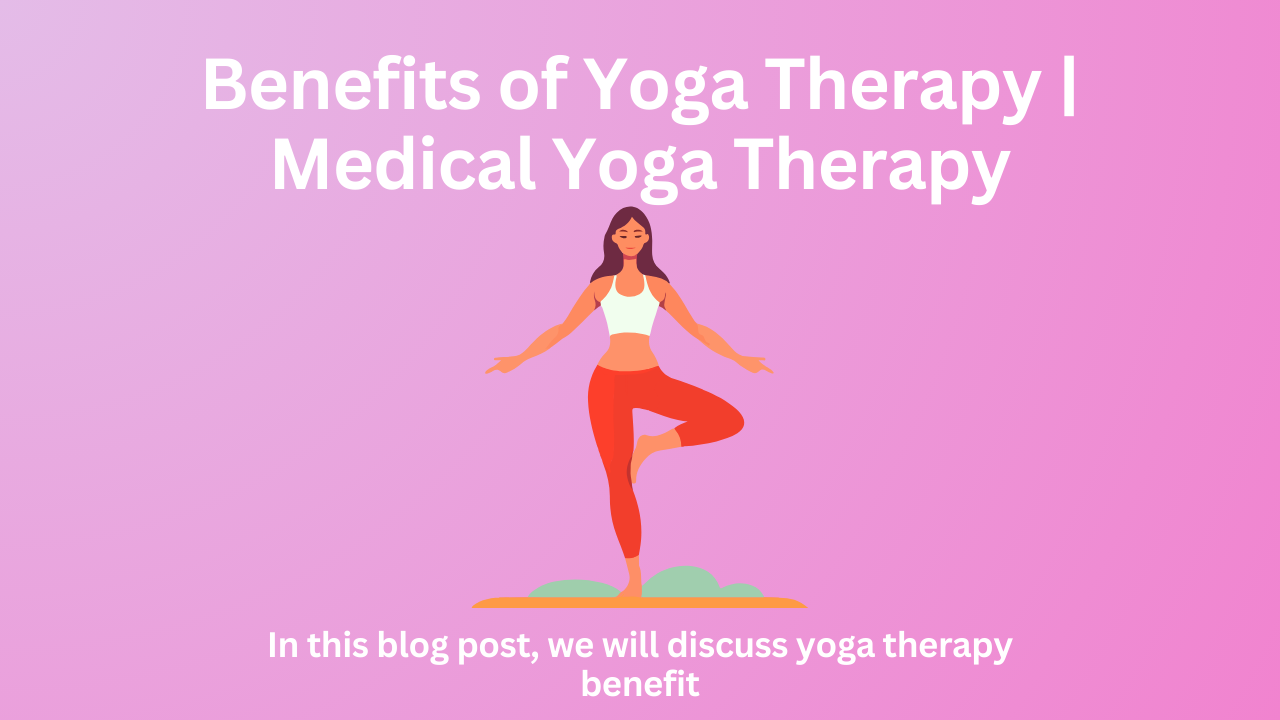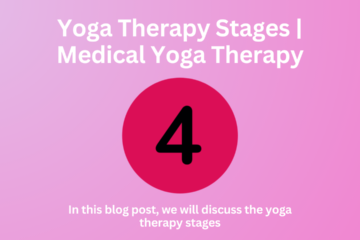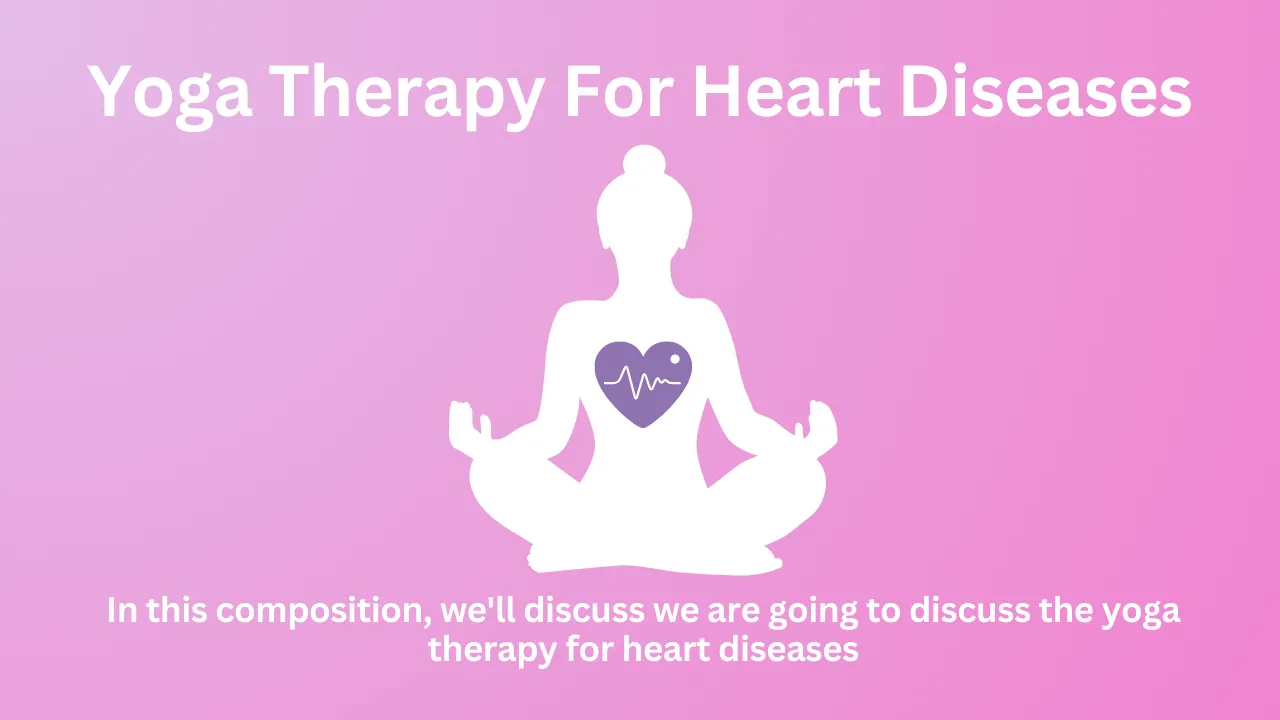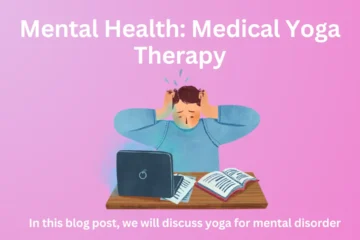Benefits of Yoga Therapy | Medical Yoga Therapy

I also have no experience with yoga treatment because I am a newbie. Or is yoga a useful kind of therapy? I’ve read a lot of studies on the use of yoga in medicine. Yoga is a popular medical treatment used by doctors. These days, yoga is practiced as a kind of medicine. Now let’s study yoga in greater detail. You have no idea what yoga therapy is or how it functions as a therapy at the beginning.
Yoga therapy can help you get the resources you need to use yoga to enhance your health and well-being. Put another way, yoga therapy is a comprehensive approach to improved health that tailors the physical, mental, and emotional aspects of yoga to the requirements and objectives of the individual.
An Overview of Yoga’s Past
The Father of Yoga, Maharishi Patanjali, improved some components of the practice for the overall growth of the human psyche. We call this style of yoga Ashtanga. Included in this practice are the following components:
- Yama: the moral code’s disciplinarian
- Niyama: introspection and self-purification
- Asana, or posture
- Yamada Consistent breathing and management
- Pratyahara: withdrawing from outside stimuli
- Dharna means mental focus.
- Dhyana: mental meditation
- Samadhi is the state in which the body and mind are in harmony.
The Advantages of Yoga Therapy
Fundamental ideas from yoga and physical therapy are similar in that they treat a person’s health holistically. Studies on yoga have demonstrated its advantages in:
Psychological Benefits
- Alleviation of despair, anxiety, and perceived stress
- Improvements in sleep
- Regaining health via comprehending how trauma affects the autonomic nervous system (ANS)
- Lessons loneliness and boosts engagement in life
- Creation of techniques for mindfulness
- Increases the use of self-compassion
- Reduction in Pain Syndromes
- Lower back discomfort
- The Rheumatoid Joint
- Arthritis in the bones
- Headaches
- Reduced heart rate
- Cardiac output and systolic blood pressure
- Physiological Effects
- Enhancement of vital capacity, oxygen uptake, respiratory rate, and respiratory function
- Decreases in sympathetic activity and autonomic arousal in heart failure patients
- Effects on the Body
- Increasing the spine’s and shoulder’s flexibility
- Improved posture, balance, and strength
- Expanding one’s range of motion
- Encourages dietary and lifestyle modifications
- Conditions Autoimmune
- Diabetes, asthma, and multiple sclerosis (which can enhance movement, activity, and mental performance)
Research Study
According to a study of the research conducted by Mishra and colleagues, yoga therapy has been used extensively to promote health, prevent disease, and perhaps cure neurological diseases. Additionally, carpal tunnel syndrome, multiple sclerosis, epilepsy, post-stroke paresis, and neuropathy of type 2 diabetes have all been treated using yoga therapy as an adjuvant technique.
It’s crucial to acknowledge, though, that a changed lifestyle and behavioral adjustment could also have contributed to better results. Treatments for fibromyalgia, headaches, migraines, Parkinson’s disease, chronic back pain, and many more conditions are still being researched.
The Practice of Yoga
Yoga is becoming a popular integrative and complementary treatment. Research on yoga has been expanding in several domains, such as mental health, autoimmune diseases, cardiovascular disease, and chronic pain. Additionally, research points to the advantages of a trauma-informed yoga program, which aims to make yoga safer for those who are at risk or have experienced trauma in the past.
Given this, institutionalized and communal settings may see improvements in the mental and physical health of their residents. With any luck, this material will help people grasp more about yoga therapy and how it may enhance general quality of life as well as health in a variety of conditions!
Yoga Therapy for Patients With Cancer
There is still a remarkable degree of morbidity connected with breast cancer and its treatment, even though breast cancer (BC) mortality has significantly decreased as a result of better screening procedures and more potent therapies. Yoga and other forms of physical exercise have a favorable impact on BC treatment-related symptoms as well as the general quality of life, with a reduction in sadness, anxiety, and tiredness.
Regretfully, during cancer treatment, physical activity tends to decrease; following BC treatment, only about 20% of patients meet national criteria, and during long-term follow-up, less than 10% of patients meet guidelines.
Scientific Research
Yoga improves the quality of life for women receiving breast cancer therapy just as well as other forms of physical activity like strength training and aerobics. Thirty patients with locally advanced or early-stage cancer were engaged in a Washington University research to examine the differences in patient outcomes between breast cancer treatment alone and breast cancer treatment with yoga therapy.
According to the data, those who practiced yoga lost weight as opposed to increasing it, which is often the case following breast cancer therapy, in contrast to those who only received the treatment for the disease. Additionally, on self-reported quality of life indexes, yoga practitioners scored better.



0 Comments